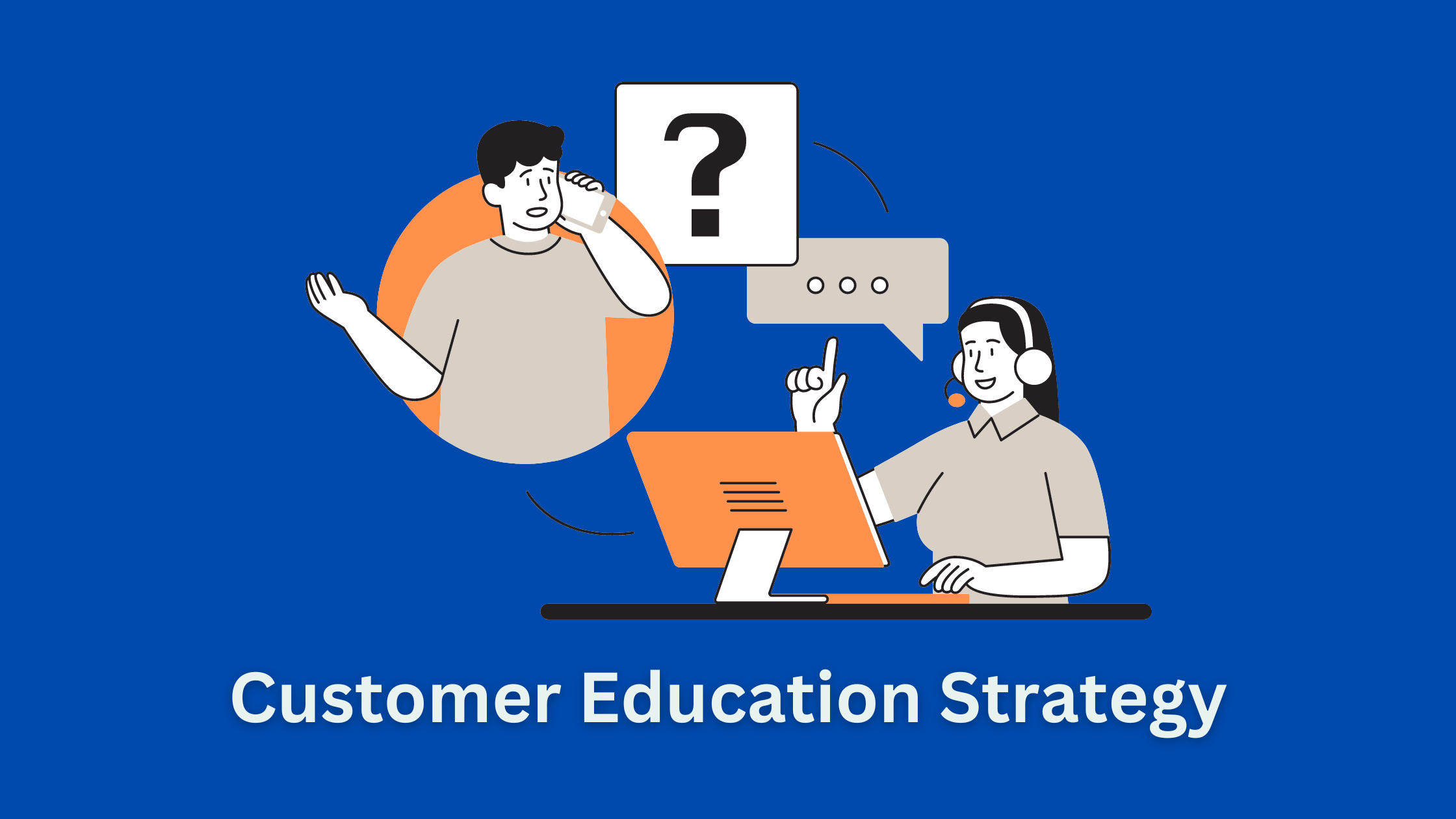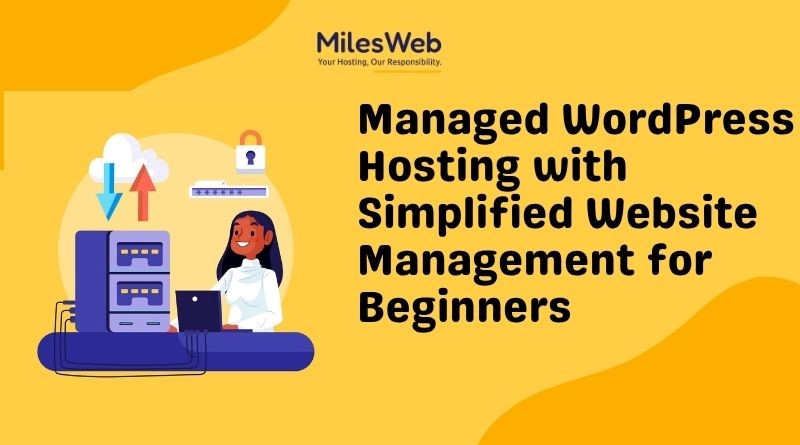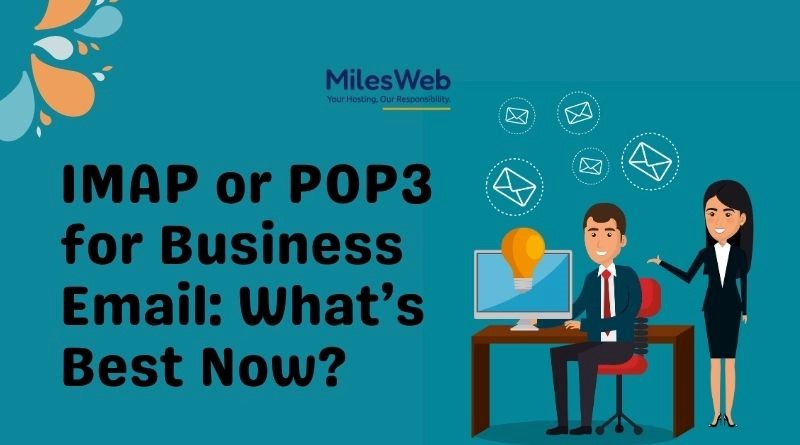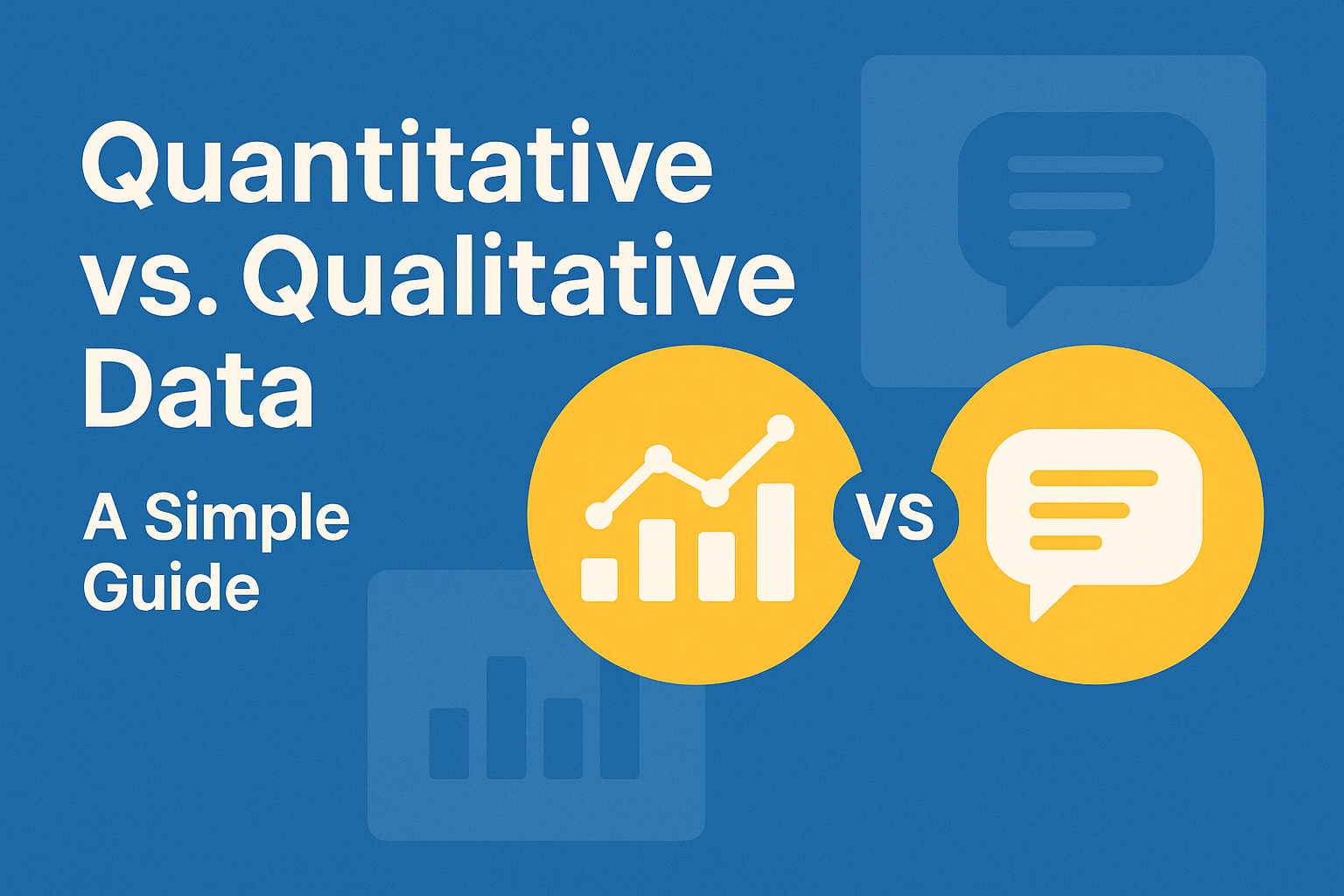Did you know that the average business loses around 20 percent of customers annually simply by failing to foster customer relationships? Customer retention is vital for the sustainable growth and success of your business. In fact, one research found that repeat customers spend 67% more than new customers! Now, one of the most effective ways to boost customer retention is by implementing a robust customer education strategy. You need to provide valuable educational resources and empower your customers with knowledge to help improve your customer experience, build loyalty, and foster long-term relationships. Here are some key steps to consider when creating a customer education strategy:
Understand Your Customers’ Needs
The first key step in designing a successful customer education strategy is to understand the specific needs and challenges of your target audience. Conduct market research, gather feedback from customers, and analyze their pain points. This information will help you identify the topics and areas where your customers require education and support.
Also, ensure you establish clear objectives for your customer education strategy. Here you will determine what outcomes you want to achieve. For example, do you want to increase product usage? Perhaps you want to reduce customer support inquiries or improve customer satisfaction.
Well, setting measurable goals will guide your strategy and allow you to track its effectiveness.
Develop Relevant and Valuable Content
Create educational content that is relevant to your customers’ needs and aligned with your business offerings. This can include articles, blog posts, tutorials, videos, webinars, FAQs, case studies, and knowledge base resources. Ensure that the content is well-structured, easy to understand, and addresses common pain points or challenges faced by your customers.
Personalize the Learning Experience
You should also tailor the educational content to meet the specific needs and preferences of individual customers. For example, you can use a customer training platform to help your business personalize the learning experience. This is a software designed to provide educational resources, courses, and training materials to help businesses train and educate their customers. It serves as a centralized hub where businesses can create, manage, and deliver training content to their customers in a structured and organized manner.
You should pick the right customer training platform if you are to implement a successful and effective training program. So, assess the platform’s features and functionality to determine if they align with your training goals and requirements.
Consider features such as content creation tools, multimedia support, assessments, progress tracking, and analytics. Ensure that the platform offers the flexibility to create and deliver various types of training content that suit your customers’ needs. The customer training platform should have a simple interface, easy navigation, and clear instructions for accessing and completing the training materials.
The platform can help you leverage customer data and insights to create personalized learning paths, recommendations, and targeted content. Customized educational experiences will enhance engagement and relevance, increasing the likelihood of customer retention.
Tip: Conduct a trial or demo to assess the training platform’s features before making a decision.
Deliver Content through Multiple Channels
You should also think of the various channels through which you can deliver educational content to your customers. For example, you can leverage your website, blog, social media platforms, email newsletters, and mobile apps to reach your audience effectively. Make the content easily accessible and available across multiple touchpoints to cater to different learning preferences and habits.
Engage Customers with Interactive Elements
Incorporate interactive elements into your educational content to enhance customer engagement. This can include quizzes, assessments, surveys, forums, and discussion boards. Interactive features encourage customers to actively participate, share their experiences, and seek clarification on topics of interest. It creates a sense of community and fosters ongoing learning and knowledge exchange.
Provide Ongoing Support
Offer continuous support to customers throughout their learning journey. This can be in the form of dedicated customer support teams, chatbots, knowledge bases, or online forums where customers can ask questions and receive prompt responses. Timely and helpful support reinforces their confidence in your brand and promotes customer loyalty.
Measure and Optimize
Regularly measure the impact of your customer education strategy to determine its effectiveness. Track key metrics such as customer satisfaction, engagement levels, product adoption rates, and customer retention rates. Analyze the data to identify areas for improvement and optimize your strategy accordingly. Use customer feedback to refine your educational content and address any gaps or challenges faced by customers.
Wrapping up
A well-designed customer education strategy can improve your customer retention. Customers empowered with knowledge will help your business build that kind of trust, loyalty, and brand advocacy that will translate to more sales. Keep in mind that effective customer education demonstrates your commitment to their success, plus it helps differentiate your business from competitors. Remember to continuously evaluate and refine your strategy to meet evolving customer needs and expectations!

The Search Engine Cage team is on a mission to educate entrepreneurs. We make things easier for the small business owner, by writing articles that help them to understand SEO and Digital Marketing.







